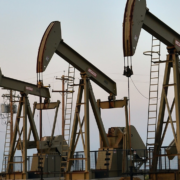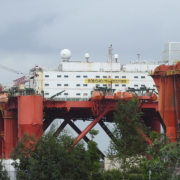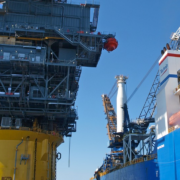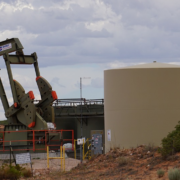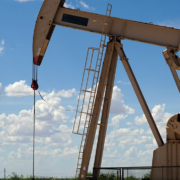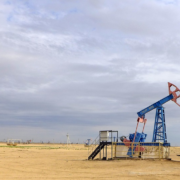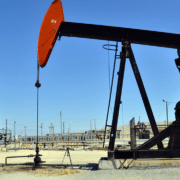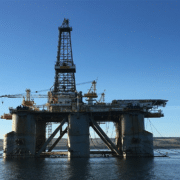Global oil demand is set to rebound and remain robust for some time. BP’s chief executive Bernard Looney told Bloomberg News on the sidelines of an economic forum in Russia. It is reiterating views expressed by most forecasters and analysts. Here’s the detailed statement about oil demand growth.
“There is a lot of evidence that suggests that demand will be strong, and the shale seems to be remaining disciplined,” Looney told Bloomberg News at the St. Petersburg International Economic Forum. “I think that the situation we’re in at the moment could last like this for a while,” the top executive of one of the world’s largest oil companies said.
Looney’s assessment of the oil market is similar to the views recently expressed by investment banks such as Goldman Sachs and Barclays, as well as OPEC and the International Energy Agency (IEA).
Goldman Sachs continues to see oil hitting $80 this year, despite the possible return of Iranian oil to the market.
Barclays, for its part, said two weeks ago that global oil demand was recovering with major economies reopening amid a cautious supply approach from OPEC+ and restraint in U.S. shale.
Click here to read the full article.
Source: Oil Price
Image Credit: Public domain/Flickr
If you have further questions about Oil Demand Growth, feel free to reach out to us here.

